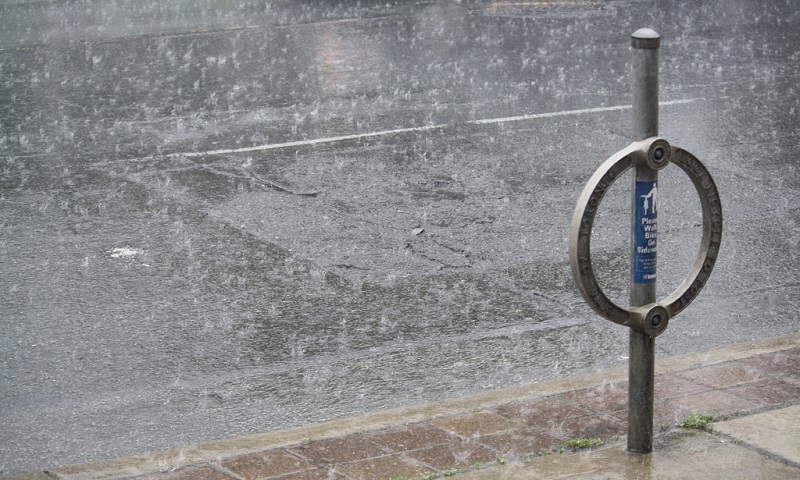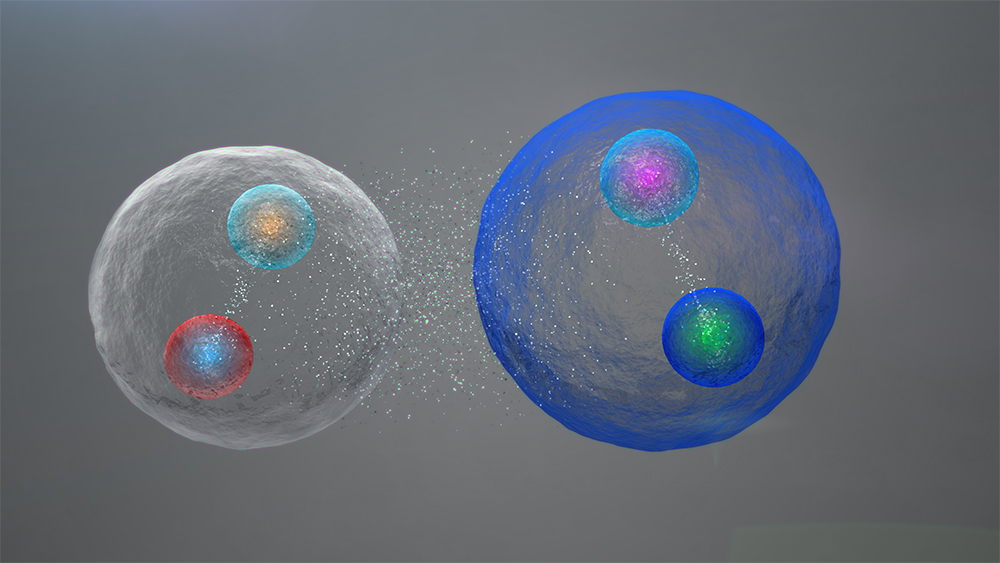In June 2007, the United Kingdom faced rainfall that was almost double the usual amount. The downpour became so intense that drains overflowed and spilled water onto the streets. Traffic was thrown out of gear. You could row a boat to get from place to place. Worse, the collected water weakened the road surface, creating ugly potholes as the water slowly drained away. The damage was so great it forced people to rethink their road design.
What if the roads themselves could suck up the gallons of water? Impossible, do you think?
Concrete that drinks
Brazil, a tropical country in South America, often suffers heavy downpours. Like in other countries, their roads and pavements are designed to repel water. As a result, severe rainfalls flood the streets, which in turn submerge houses. To counter this problem of flooding, a Brazilian researcher, Professor Afonso Virgiliis, developed a new type of material few years ago. This new material can absorb rainwater and pass it on to the ground below, thus preventing the roads from getting flooded.
On similar lines, the 2007 floods inspired a British company to come up with a type of concrete that soaks up 4000 litres of water within the first minute. That’s like pouring a hundred fish tanks full of water and watching all that water disappear within a minute! On an average, a square area with sides equalling one meter in length, covered with this concrete can drink 600 litres per minute. The company calls this concrete ‘Topmix‘.
How does it work?
The top surface of the concrete is made up of a layer of pebbles that contains tiny holes in between. These holes permit the water to pass through and make the layer permeable or porous. Below it are a series of granular layers containing pebbles and stones of different sizes. This layer either stores the water that passes through the top layer and lets it get soaked into the soil below. Or else, a drainage system is built underneath the concrete to carry away the water. The drained water can be further utilized for irrigation etc. This system keeps its surroundings cool too. Water stored under the surface evaporates during hot days, thus lowering the temperature.
As magical as it may seem to watch water disappear over a patch of road, this technology has its drawbacks too. The porous surface, containing gaps between its particles, can crumble and break under heavy vehicle loads or high volume of traffic. Also, while the technology is appropriate for tropical climate, colder weather can turn the stored water into ice. Water expanding into ice causes the surface to crack. There are concerns over the cost as well. This porous asphalt is 30% more expensive than other methods in use currently to build roads.
Makers of this amazing material, however, claim that as water logging is reduced, the roads need less repair. Hence, the low maintenance cost balances out the high initial expense. Research is going on to take care of the other drawbacks too.





Leave a Reply